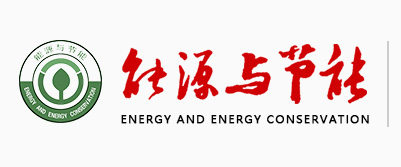202007
生活垃圾焚烧厂污泥干化及协同焚烧的应用及研究
李聪
(中国航空规划设计研究总院有限公司,北京 100120)
摘要: 介绍了一生活垃圾焚烧厂污泥干化及协同焚烧项目的厂区总体布置、工艺系统流程、蒸汽供应系统设计参数,
并对其设计阶段存在的问题进行了研究,包括污泥掺烧比例及控制方式、厂房和设备的除尘除臭、干污泥输送和投料、
烟气处理等内容。研究结果表明,设计污泥干化至含水率为40%,掺烧比为5.54%。在此前提下,污泥热值与生活垃圾
热值接近,不影响焚烧系统运行工况效果;污泥在储存、干化、运输过程中产生的臭气和粉尘经尾气处理或机械排风引
至垃圾池并焚烧处理,防止臭气和粉尘外溢;采用水平刮板输送机和大倾角刮板输送机等上料至焚烧炉进料斗的干污泥
输送及投料方式,自动化程度较高,污泥与生活垃圾能够充分混合。当掺烧比为5.54%时,垃圾焚烧厂污泥协同焚烧对
烟气污染物排放的影响较小,总体可控,烟气系统脱酸反应塔增设顶部碱液脱酸系统作为应急脱酸单元。
关键词: 生活垃圾焚烧厂;污泥干化;协同焚烧
中图分类号: X705 文献标识码: A 文章编号: 2095-0802-(2020)07-0073-04
Application and Research of Sludge Drying and Collaborative Incineration in Domestic Waste
Incineration Plant
LI Cong
(China Aviation Planning and Design Institute (Group) Co., Ltd., Beijing 100120, China)
Abstract: This paper introduced the overall layout, process system flow and steam supply system design parameters of the sludge
drying and collaborative incineration project of a domestic waste incineration plant, and studied the existing problems in the
design stage, including the proportion and control mode of sludge mixing and burning, dust removal and deodorization of plants
and equipment, dry sludge transportation and feeding, flue gas treatment, etc. The results show that the designed sludge is dried to
40% moisture content and the mixing ratio is 5.54%. On this premise, the calorific value of sludge is close to that of household
garbage, and the operation effect of the incineration system is not affected; the odor and dust generated in the process of storage,
drying and transportation of sludge are led to the garbage pool through exhaust gas treatment or mechanical exhaust and burned to
prevent the overflow of odor and dust; it adopts the dry sludge conveying and feeding methods of feeding materials from horizontal
scraper conveyor and large inclination scraper conveyor to the incinerator feeding hopper, which has a high degree of automation
and can fully mix sludge and domestic garbage. When the proportion of mixing and burning is 5.54%, the sludge collaborative
incineration in the waste incineration plant has a small impact on the emission of flue gas pollutants, which is generally
controllable. The top lase deacidification system is added to the flue gas deacidification reaction tower as an emergency deacidification
unit.
Key words: domestic waste incineration plant; sludge drying; collaborative incineration


